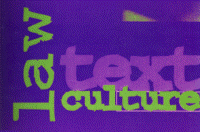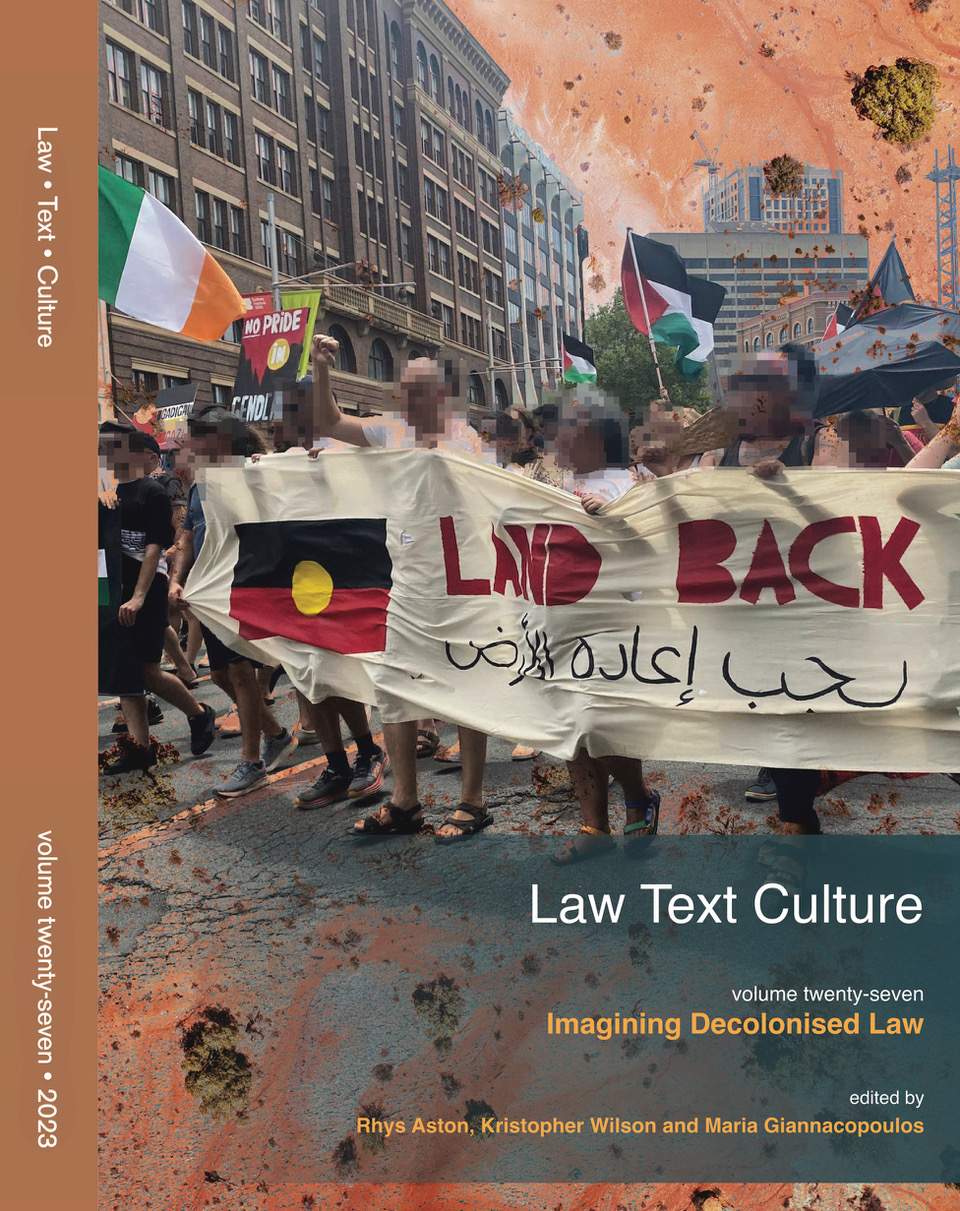Abstract
To continue, somewhat presumptuously. This present offering takes up the story where my previous contribution to Law Text Culture left off, and that contribution in its turn was a continuation of a prior performance in New Formations (Fitzpatrick 1997: 1998). Those two papers can, and will now, be summarized with distressing ease as a prelude to the engagement here with law and the sacred. What the story so far presents is a situated analysis of the question of the origin in modernity -- a question which is simultaneously about where 'we' come from and who 'we' are. And what the story begins to show is how law provides an answer to the question. And, as we will see, that story is already touched with intimations of the sacred. In this paper, the sacred becomes central, the story breaks away from its own beginnings in Freud's myth of origin, the productive parricide first recounted in Totem and Taboo (1960), and it assumes a more jurisdical dimension. The question of the origin, I argue, is heightened rather than disposed of in modernity. Without a resolving reference to some transcendent realm, and thence to some sacred mediation between the transcendent and the profane, the irresolution of the origin becomes manifestly obdurate. We can only come to the origin from where we already are, an origin which is thence the same as us; yet to originate we must emerge as different from an origin which is anterior to and apart from us. Operatively, there has to be some resolution and that resolution is law. We come from the law, a law which is the ever responsive origin of the way we are now. The irresolute dimensions of the origin just sketched out match the dimensions of law. With its combining the quotidian where we are with what is ever apart from us, law is the insistence of the sacred.
How to Cite:
Fitzpatrick, P., (2000) “Being Original Law and the Insistence of the Sacred”, Law Text Culture 5(1). doi: https://doi.org/10.14453/ltc.671
Downloads:
Download PDF
View PDF
454 Views
404 Downloads

